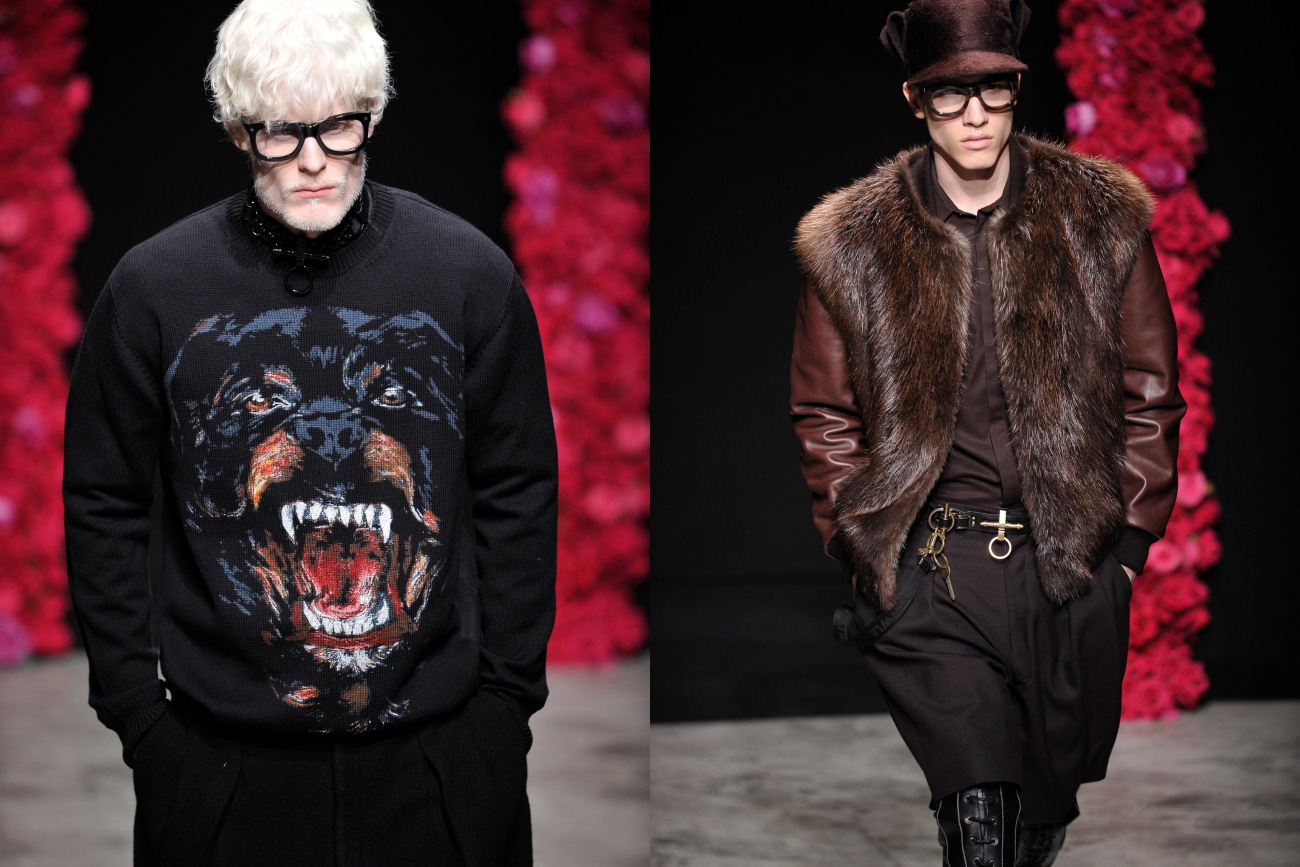Throughout the landscape of contemporary design, few figures have reshaped the very meaning of creativity and conceptual expression as profoundly as Rei Kawakubo. Founder of the influential fashion label Comme des Garçons, Kawakubo’s contribution transcends fashion, influencing architecture, art, and the lexicon of conceptual design itself. To discern what Rei Kawakubo represents in this field, one must explore how she continuously interrogates norms, rebuilds aesthetic paradigms, and provokes discourse on the essence and possibilities of design.
Challenging Aesthetic Conventions: Deconstruction as Philosophy
At the heart of Rei Kawakubo’s conceptual methodology is a profound reexamination of aesthetics, shape, and composition. When she first presented her work in Paris in the early 1980s, Kawakubo unveiled lines that challenged conventional Western ideas of balance and charm. Her clothing featured uneven cuts, raw edges, and intentionally worn materials. Items from the influential “Destroy” collection (1982) caused a stir in the fashion industry. Reviewers labeled her creations “Hiroshima chic,” a term that, despite its contentious nature, highlighted her dedication to provoking thought and discomfort over mere decoration.
Kawakubo’s philosophy operates within a paradigm of deconstruction. Inspired in part by literary and architectural theory, she disrupts binary treatments of gender, object, and function. For example, classic distinctions between dress and sculpture blur in her “Body Meets Dress, Dress Meets Body” (Spring/Summer 1997) collection, where bulbous padding distorts the human silhouette, questioning the architectural interplay between body and clothing.
Anti-Fashion and the Void: The Value of Emptiness
Rei Kawakubo is closely associated with the concept of anti-fashion. She fosters discussion by rejecting conventional reference points—her inclination for black, asymmetry, and negative space encourages reflection on what is absent as much as what is there. According to Kawakubo herself, she strives to “make clothes that didn’t exist before,” emphasizing her conviction that design needs to explore the emptiness to achieve fresh significance.
Negative space is crucial in her oeuvre. The 2017 Metropolitan Museum of Art retrospective, “Art of the In-Between,” showcased how Kawakubo’s work dwells in liminal zones, her garments often suspended between art and apparel, east and west, abstraction and function. Clothes become a spatial experiment—voids, cutouts, and spaces evoke absence as a legitimate mode of presence.
Conceptual Storytelling: Moving Beyond Traditional Story Structures
In contrast to numerous designers, Rei Kawakubo declines to present clear narratives or inspirations for her collections, frequently vexing critics and perplexing conventional marketing strategies. Her approach to design is intrinsically conceptual; meaning is conveyed via shape, strain, and fragmentation instead of a direct story. She urges the viewer to develop their own understanding, presenting each collection as a philosophical investigation rather than merely an artistic answer.
A prime example is the “18th-Century Punk” collection (Autumn/Winter 2016), which superimposed baroque opulence on subversive, shredded structures, denying both historical fidelity and contemporary commercialism. This opposition cultivates an intellectual antagonism—a challenge to complacency in both the creator and the audience.
Interdisciplinary Impact and the Democratization of Design
Kawakubo’s influence extends to architecture and retail space, manifesting in her collaboration with architects like Zaha Hadid and the avant-garde design of Comme des Garçons boutiques worldwide. These environments mirror her philosophy: retail spaces with unexpected spatial arrangements, experimental lighting, and unique navigation encourage visitors to engage with fashion as conceptual installation art rather than commercial product racks.
Her role in making design more accessible is also incredibly significant. Through partnerships with popular brands like H&M and Nike, Kawakubo blurs the lines separating exclusive conceptual art from common clothing, prompting a reevaluation of how attainable design truly is.
Cultural Legacy: Instigating Dialogue on Identity and Self
Perhaps the most profound aspect of Rei Kawakubo’s representation in conceptual design is her illustration that garments are more than functional or decorative items. They are vessels for exploring identity, self-perception, and cultural constructs. Her refusal to distinguish between men’s and women’s silhouettes launched wider debates on androgyny and gender in fashion. Her persistent resistance to categorization compels reflection on how design encapsulates shifting societal narratives.
Her methodology elevates the designer’s position beyond a simple stylist or artisan to that of a philosopher and instigator. Kawakubo’s enduring impact stems not from widespread popularity or sales figures, but from her capacity to provoke unease, conversation, and change. She embodies an ongoing defiance of stagnation, serving as a testament that in conceptual design, genuine advancement emerges not from adherence to norms but from bold inquiry, novelty, and the challenging of preconceived notions. In her hands, design transcends being merely an answer; it evolves into a query in its own right, perpetually open to diverse understandings and fresh interpretations.




